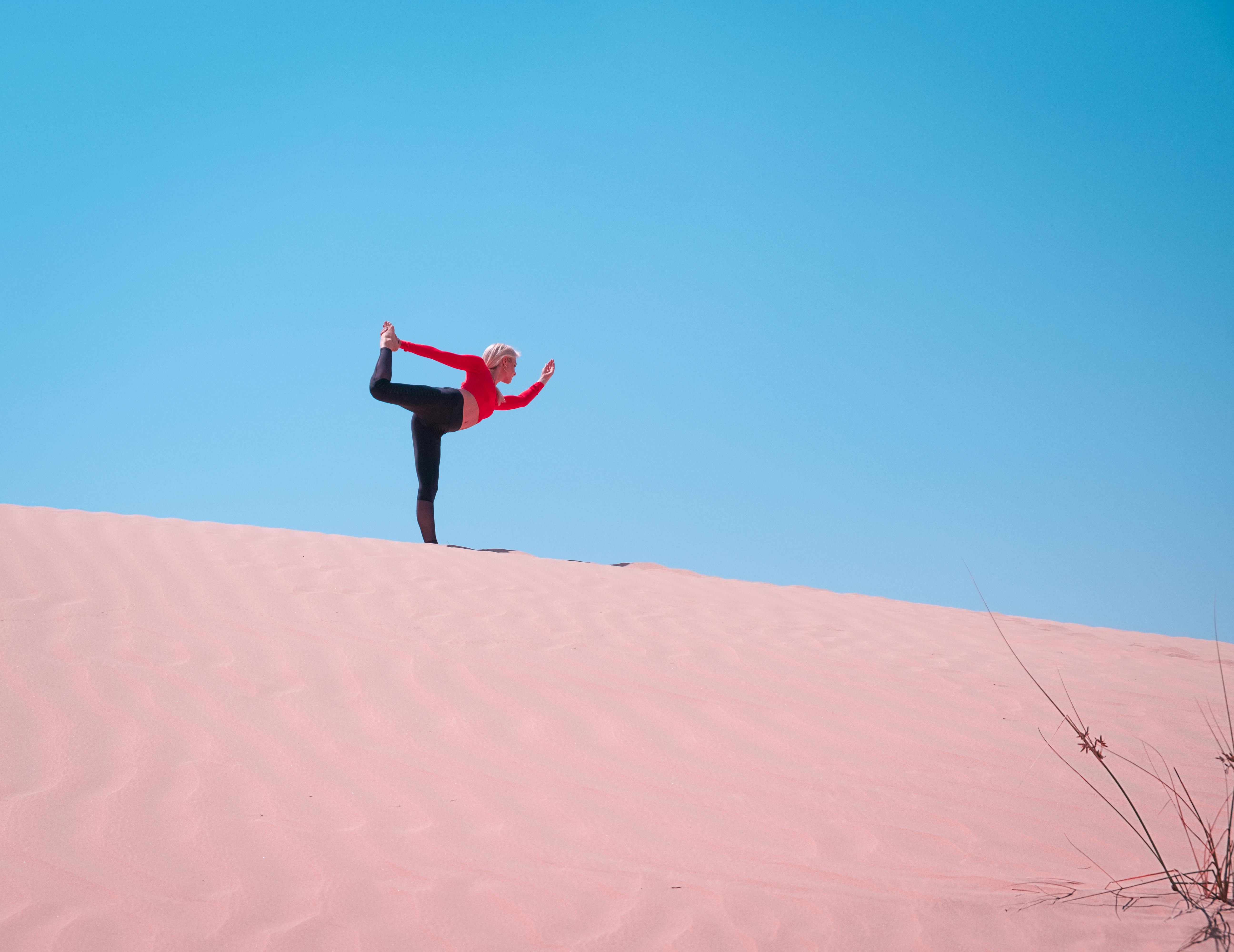Lijiang Ancient Town, a good place to relax.
Lijiang has the best-preserved ancient city in China – the Old City, which has been declared a World Cultural Heritage Site by UNESCO in 1997. Built on the slopes of three mountains, it blends with nature in an organic and comprehensive unity. Tile-roofed houses are arranged side by side within the green hills, where the residences of common people, simply in shape and elegantly decorated, draw attention as a crystallization of Naxi culture and techniques.
Strolling through the streets of Lijiang Ancient Town, tourists can relish the colorful ethnic culture and customs, incomparable buildings, and stunning natural scenery. Most travelers stick to the streets of Lijiang’s Old Town for its comfortable rooms. There are plenty of hostels, guest houses to choose from. And many restaurants serve Western and Chinese food. It’s also a good place to do some comparison shopping. There are many shops selling local handicrafts and traditional crafts.
Enjoying ancient Naxi music to understand the mystic culture of Dongba:
Wonderful ancient Naxi music (also spelled Nakhi and Nahi), traditional Naxi classical music which is considered a “living fossil of Chinese music” and the “sound of paradise”. It originated from the music of Taoism about 500-600 years ago. To this music have been added the performance techniques of the Naxi people, which are introduced by playing all the rarely heard works in the Tang (618-907 AD) and Song (960-1279 AD) dynasties, 100+ year old musical instruments that you can’t find anywhere else, and older players who are in their 70s and 80s from all walks of life. This is a very popular classical music in the Naxi nationality and one of the oldest survivors in the world. Take the opportunity to listen to Naxi Ancient Music, it is guaranteed to be an unforgettable life experience. If you stay overnight in Lijiang, don’t miss it!
Visiting Baisha township, the ancient capital of the Naxi kingdom
Another way to see the forgotten beauty of Lijiang is to visit the Baisha murals! Exploring the city of Baisha to enjoy the ancient murals is a great experience that visitors should not miss. The Baisha Frescoes in Baisha City are the most famous and preserved frescoes stored in Lijiang. Each painting includes at least one hundred vivid figures, which are not only Buddhas but also ordinary people, reflecting the various religious cultures and art forms ranging from Buddhism, Lamaism, Taoism to the Naxi Dongba religion. These frescoes are essential for Chinese painting research and also important cultural heritage relics.
Cooking Classes / Calligraphy and Painting
If you are interested in Chinese culture, Chinese calligraphy, painting and cooking classes can be arranged in Lijiang.
You have no doubt that you come to China to feast on the local cuisine. So wouldn’t it be great while you’re in China to learn how to cook some Chinese food on your own? Fortunately, it is possible to sign up for a cooking class that will teach you the basics of this culinary art.
Calligraphy and painting are considered to be two of the four kills that a learned and graceful scholar must pursue in ancient China. Wouldn’t it be fascinating to get authentic Chinese art training?
hiking tour
The ancient city of Lijiang is surrounded by a large number of attractive and wonderful attractions. Walking around the captivating attractions outside of the city is one of the highlights of any visit to this region.
After experiencing the city, you should not miss the rewarding explorations below because they offer you the mind-blowing landscapes to be found in the world.
Recommended hiking trails:
Day 1:
Get up early in the morning and drive about 2 hours to Qiaotou City, where the upper region of Tiger Leaping Gorge is located. Tiger Leaping Gorge is considered to be one of the deepest gorges in the world with a depth of 3,000 meters. Here, the river goes round and round and vigorously crashes against the rocks, the waves throw up a fountain of spray. Our hiking trip starts from here. The total route of the trekking is 28km, and it lasts approximately 6 hours.
Day 2:
Continue hiking to Tiger Leaping Gorge in the early morning. After lunch, walk down the steep cliff to the bank of the Jinsha River. With a length of 2,290 km, the Jinsha River is the steepest section of the Yangtze River, which makes a sudden 135-degree turn to flow northeast. Then continue up the Tiger Leaping Gorge for about an hour.
Day 3:
Today continue walking for 2 km and cross the Jinshajiang River by boat to reach Daju City. After lunch, head to Lijiang. On the way, visit the Jade Dragon Snow Mountain, which is located 15 km north of Lijiang city, on the south bank of the Yangtze River, with an altitude of 5,600 meters above sea level.


